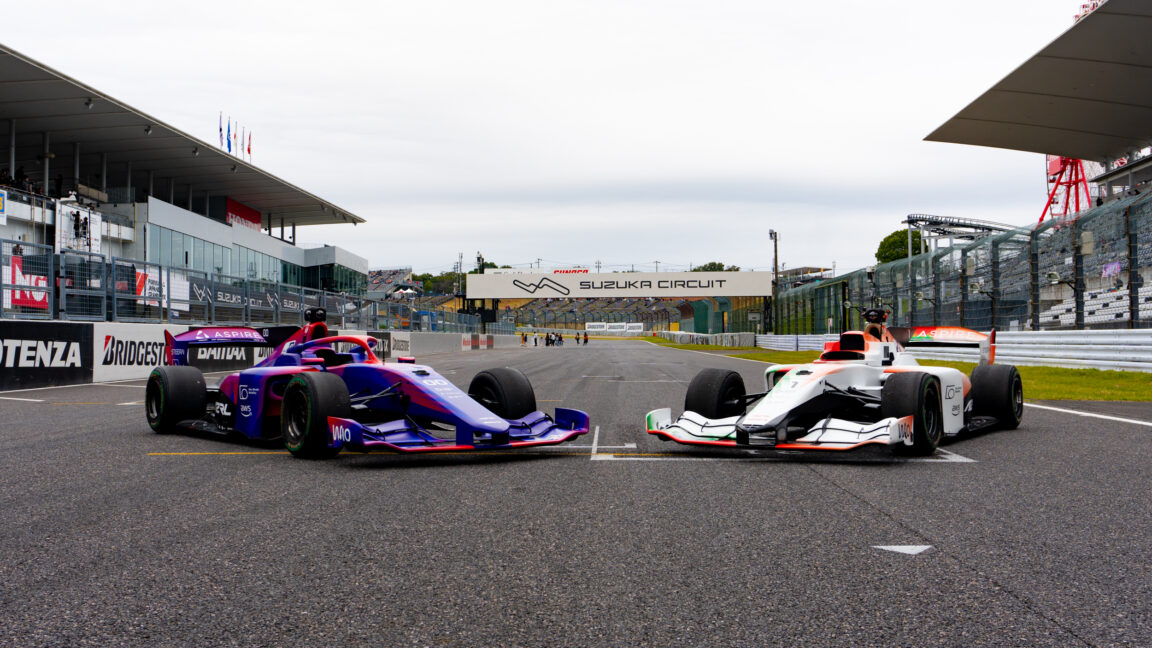Bussiness
How is IndyCar’s return to the Milwaukee Mile working? How will its success be judged?

IndyCar CEO Mark Miles on State Fair Park promotion of Milwaukee Mile
State Fair Park is back in the race promotion business with an IndyCar doubleheader. How’s it going? The sanctioning body’s CEO weighs in.
The latest return of Indy cars to the Milwaukee Mile this weekend is different from previous occasions for numerous reasons.
Most obvious is that although the venerable facility has hosted multiple races in a year numerous times this will be the first time those races will share a single weekend. The first Hy-Vee Milwaukee Mile 250 is scheduled for 5 p.m. Saturday and the second for 2 p.m. Sunday.
Behind the scenes, there’s been more at play.
State Fair Park, itself, will be the promoter. While that was the case briefly two decades ago, for the most part it has served as landlord for an independent race organizer. Most recent among them was champion driver and owner Michael Andretti, from 2012-2015. More than $8 million has been spent or committed for renovations to get the track into shape, board chairman John Yingling has said.
Because of the newness of the event and State Fair’s involvement, IndyCar is more hands-on than it is for many established events, IndyCar CEO Mark Miles said. Driver David Malukas took part in a Milwaukee Admirals promotion at a game in January, series and team owner Roger Penske and champion driver Josef Newgarden were in Waukesha in February, 2014 Milwaukee winner Will Power attended State Fair, Miles made the rounds while in town last week for a sports executive lunch, and IndyCar has provided numerous other in-person media opportunities.
While Miles was in Milwaukee, he stopped at the Journal Sentinel offices for a conversation. Here are highlights.
Q: What’s the division of labor? What is (the responsibility of) State Fair, what’s IndyCar? How do you pull those things together?
Miles: I think broadly, they’re the landlord, and they obviously know how to promote. Set a record for Fair attendance this year, is my understanding. And they know that, therefore they, I believe it’s clear, they know the community, and you know the functions of being a host. We come in and we run a race, and we officiate, and we are the sanctioning body, and we set up paddocks and do the racing stuff.
We’re also trying to supplement their efforts in the community, and that’s probably where there’s some ambiguity. My own view is that we’re going to have a good first year. We’re going to double down, having learned the answer to your question about everybody’s strengths and then build on that and invest more to make it even better.
Q: What kind of investment have you made compared to (other races), whether it’s a startup or a return of something?
Miles: The normal model is we have a promoter and we have a sanctioning agreement with them. We’re usually three years, almost never longer, and they agree to pay us a sanction fee … and then they have basically the commercial rights to promote the race. So they’re selling tickets, sponsorships, all those revenues that are essentially local revenues. They can, they can do merch for their event, food and beverage at their event, hospitality for their event.
It’s morphed, really, since Roger’s acquisition (of IndyCar and the Indianapolis Motor Speedway in late 2019). We used to have a couple of events that we did in May, and (Penske Corp. has) been doing Detroit. … And now we are technically the promoter of the Iowa race, even if Hy-Vee is such a fabulous sponsor that it almost looks like they’re running the event. … Well, soon we’ll announce another one where it’s a whole ’nother kind of partnership approach.
And here the Fair is the promoter in that traditional role, and we try to help. I think mostly we’ve helped with our time, our people and their time. I’m sure we’ve spent some money. I don’t even know the number, to be honest with you – it’s not a million dollars – to help, primarily in the promotion of it.
All of that’s on the heels of the state’s investment to get the track to where it needs to be. I was here with Roger, I can’t remember how many years ago, and this, this is pre-incubation, and we were walking, looking at every fence post, every single piece of the facility, and everything that needed to be done. And it was really when we became convinced it would get done, that it was a let’s go.
Q: The initial target goal for weekend attendance was 30,000, I believe. Hasn’t there been a lot of investment for that return?
Miles: I would say over time, we wouldn’t be satisfied with 15,000 people for a race, but we could be satisfied with that as a starting point.
I said my hope would be that we’ve got a couple of Bucks games over the weekend. They got, like, 18,000 (for games at Fiserv Forum). OK, it won’t be exactly that. I think it might get in that ZIP code and that, for me, that’s one way to think about it. If we can come in and have two of those sorts of events, then that can be pretty good. And again, the emphasis will be on growing it.
Q: Thermal (a private facility that had a non-points race in 2024 and will have a full event in 2025) is a high-end/corporate thing. This, being West Allis, would seem to be more of a guy-down-the-street, family-of-four thing. How do you balance corporate money and making those people feel important?
Miles: The Detroit model is probably more corporate in the way they do that event there, and it’s sensational. In Indianapolis we’re used to it being more the opposite, really, bigger crowds, more people. But one commonality is we want it to be affordable and accessible. So I say I think we can have it all.
We can have great corporate relationships, great sponsorships. We can encourage them to do corporate hospitality, which everybody that comes isn’t going to be in, while making the pricing really good for families, kids under 12 … in the (general admission) grandstands. So I don’t, I don’t know why we’ve got to choose … and we’ve tried to market in price accordingly.
Q: It’s been a while since State Fair tried to be a race promoter. What’s the outsider’s view of how this group has learned on the fly?
Miles: I can’t be terribly specific as I’m not looking at it like that every day, but I think the high-level impression, for me is (it’s been a) great relationship. … We can deal with promoters who don’t really want us very involved, and I don’t feel that at all. I feel like they will embrace (anyone from IndyCar) being here all the time and it’s all good. So that means we can hopefully add value. And I don’t worry a bit about … I mean, I don’t want gaps where stuff doesn’t get done between them and us, but I think they are the host, and we’re trying to help. And I think we can add value.
Q: You committed to Year 2 before you had Year 1 in the books. What can you expect to be different based on what’s been done in the last year?
Miles: Well, we’ll sit down as a team and with them (to) dissect that.
My gut, because this way I think about all of our events, is we can’t do enough in terms of community engagement. IndyCar comes in, we’ve got a weekend. We’re not like the (sports team) owners … so we have to work doubly hard at … in this case, I’m not starting by thinking about corporate (but rather) what can we do to be engaged in the community? Should we create other events that help promote the race but are good for the community? There’s a zillion examples … but what they do is they integrate you into a community, and it’s marketing, and I think we can’t do enough.
So if you’re trying to do that from Indy, that’s a challenge. I don’t really know exactly how the Fair folks market the Fair but I do think for us, that’s something we can triple the efforts on going forward. And I’m sure we can make a more substantial effort in Year 2.
I think we’ll have a great race, and hopefully the companies in the business sector will also see it as a really good thing for Milwaukee.
Q: When you sit down on Sunday night … what will make you say, yeah, that was a success?
Miles: We don’t have a number. You know, we’ve got to get to X people here, or X revenue or it doesn’t work. We try to get good feedback … exit survey data from fans. It’s important to know that the people who were here want to come back. Very important. I think if we get that, we can build on that.
Q: Roger, from start, has talked about “Milwaukee’s part of our DNA.” Old-timers will also say, “Well, you know what else is in our DNA? Milwaukee follows Indy.” Roger’s big on Detroit. But are there other reasons that’s off the table?
Miles: I don’t think that’s going to happen. It’s just that simple. But I also don’t think that damns the event. We’ve got lots of quality events before and after, and they don’t have to be the weekend after to be great.










